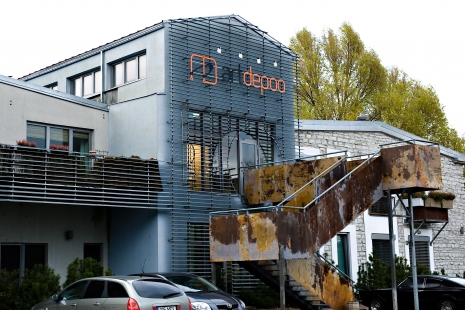The multi-layered network of nature
All organisms are interconnected: every living thing is part of a larger whole.
The length and complexity of nature’s chains emphasize the universal connections that run invisible to the eye.
Every human action in nature is reflected in the entire living environment — by destroying nature, we ultimately destroy ourselves.
The relationship between nature and man. “Nature doesn’t need us, but we need nature,” the exhibition notes, reminding us of the inestimable value of the primeval forest and other natural communities. A forest is not just a collection of trees — it is home to countless organisms, where each species plays a part in maintaining a delicate balance.
Life network and human relations. The artist’s work invites us to think about the fragility and dependence of the life network. The concept of the exhibition also connects with therapist Kadri Sakala’s statement that “If you pull out one thread, others will fall all around” — the same applies to the delicate fabric of nature.
Deep ecology and animism. The philosophical framework of the exhibition is also based on the ideas of literary scholar Hasso Krull, according to which the world is not a collection of separate objects, but everything is fundamentally connected. Deep ecology and the animistic approach to the world lead us to the idea that nature is a network of living beings, not a resource stock of humanity.
A call to accountability. The exhibition “Invisible Threads” directs us to notice the networks of nature and perceive that maintaining the balance in this complex coherence is in our hands. The chains of nature are long, but the effect of a broken thread always reaches us in the end.
You are invited to experience and make sense of the connections that carry our lives on both visible and invisible levels.





